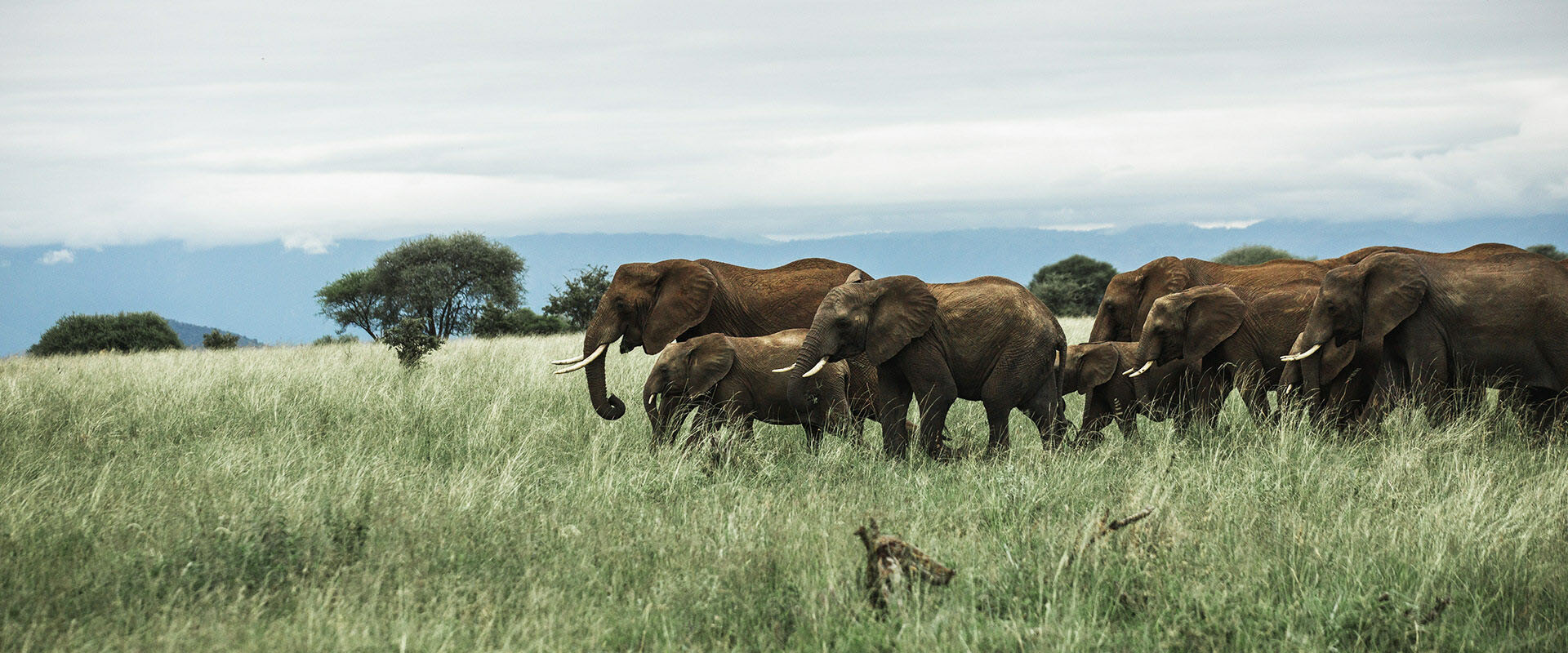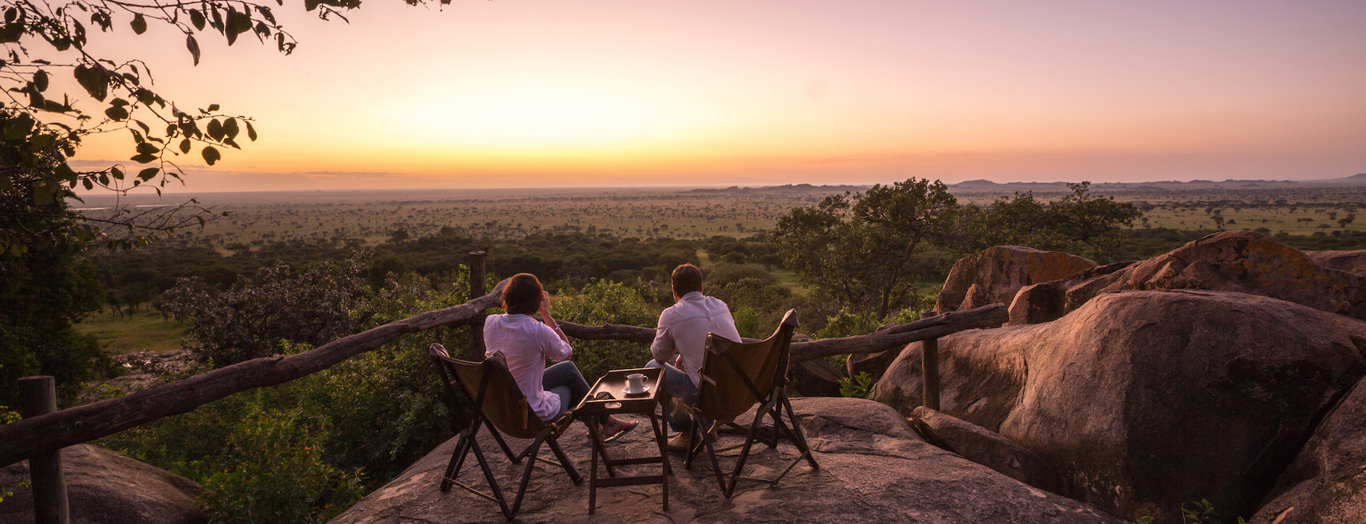REVIEWS FROM OUR CLIENTS
“Absolutely EVERYTHING about this trip was perfect: itinerary, food, lodgings, trip leaders, educational opportunities. A perfect example of why Wilderness Travel will always be our first choice when planning adventures.”
Susan Wof
Albuquerque, NMREVIEWS FROM OUR CLIENTS
“Absolutely EVERYTHING about this trip was perfect: itinerary, food, lodgings, trip leaders, educational opportunities. A perfect example of why Wilderness Travel will always be our first choice when planning adventures.”
Susan Wof
Albuquerque, NMREVIEWS FROM OUR CLIENTS
“Absolutely EVERYTHING about this trip was perfect: itinerary, food, lodgings, trip leaders, educational opportunities. A perfect example of why Wilderness Travel will always be our first choice when planning adventures.”
Susan Wof
Albuquerque, NMREVIEWS FROM OUR CLIENTS
“Absolutely EVERYTHING about this trip was perfect: itinerary, food, lodgings, trip leaders, educational opportunities. A perfect example of why Wilderness Travel will always be our first choice when planning adventures.”
Susan Wof
Albuquerque, NMREVIEWS FROM OUR CLIENTS
“Absolutely EVERYTHING about this trip was perfect: itinerary, food, lodgings, trip leaders, educational opportunities. A perfect example of why Wilderness Travel will always be our first choice when planning adventures.”
Susan Wof
Albuquerque, NMREVIEWS FROM OUR CLIENTS
“Absolutely EVERYTHING about this trip was perfect: itinerary, food, lodgings, trip leaders, educational opportunities. A perfect example of why Wilderness Travel will always be our first choice when planning adventures.”
Susan Wof
Albuquerque, NMREVIEWS FROM OUR CLIENTS
“Absolutely EVERYTHING about this trip was perfect: itinerary, food, lodgings, trip leaders, educational opportunities. A perfect example of why Wilderness Travel will always be our first choice when planning adventures.”
Susan Wof
Albuquerque, NMREVIEWS FROM OUR CLIENTS
“Absolutely EVERYTHING about this trip was perfect: itinerary, food, lodgings, trip leaders, educational opportunities. A perfect example of why Wilderness Travel will always be our first choice when planning adventures.”





















